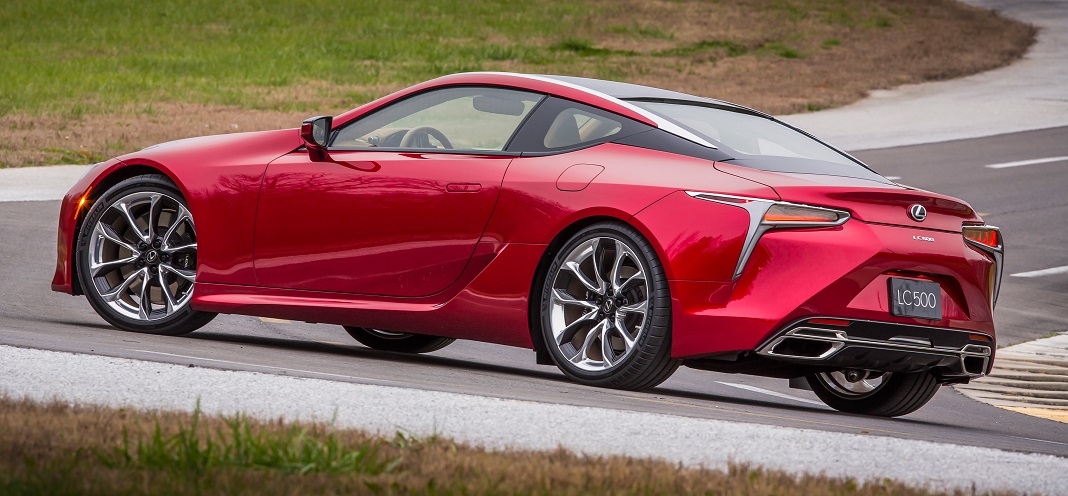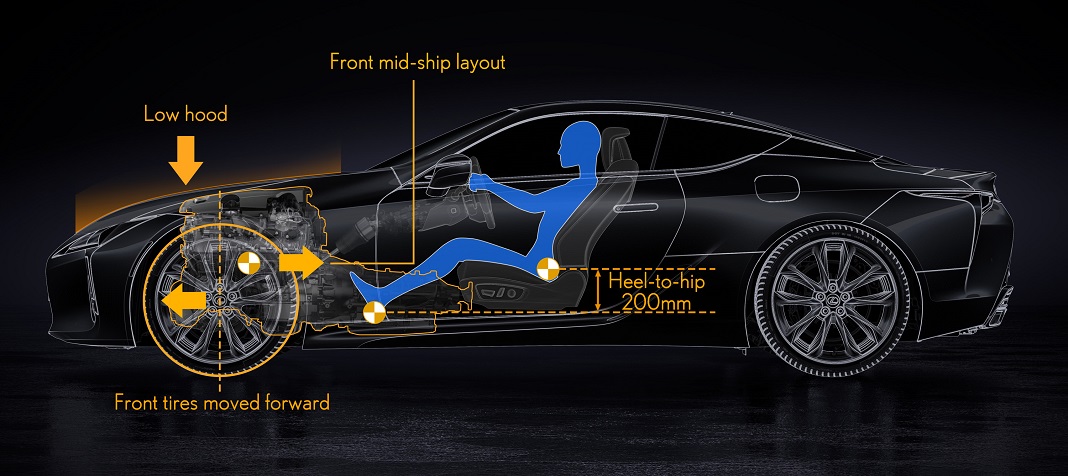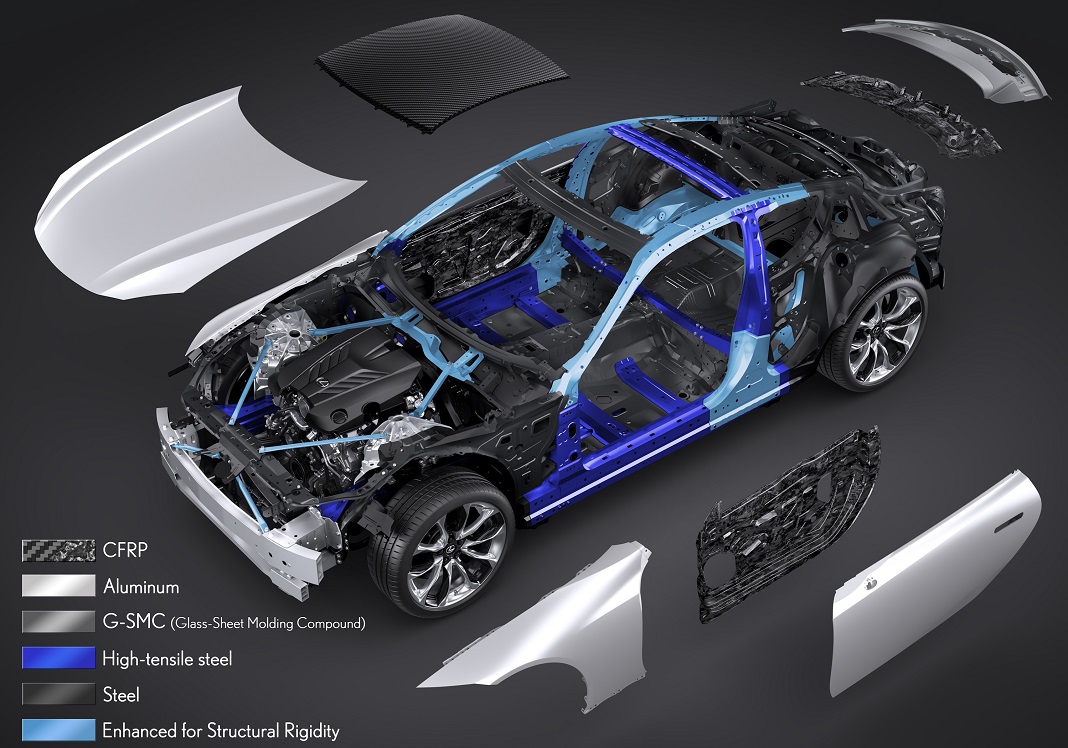 Rear-wheel drive, front mid-ship engine layout, use of carbon-fibre construction, 52:48 weight distribution, and drop-dead gorgeous design. The fact that the LC500 is built on a new modular GA-L RWD platform all points to the next Toyota Supra being a shorten, less complex version of this.
Rear-wheel drive, front mid-ship engine layout, use of carbon-fibre construction, 52:48 weight distribution, and drop-dead gorgeous design. The fact that the LC500 is built on a new modular GA-L RWD platform all points to the next Toyota Supra being a shorten, less complex version of this.
And since we know that Toyota and BMW have been collaborating on a mid-size sports car since 2013 (it has become unjustifiably costly for manufacturers to develop on their own due to the limited sales potential of a sports car), you could be looking at the underpinnings of the next generation Z4 as well.
Whether the next Supra gets a donor powertrain from BMW remains to be seen, but the last A80 Supra was in fact powered by inline 6-cylinder engines, and the best inline sixes have always been made by you-know-who, so BMW power could well be a possibility, along with some tasty diesel options for European customers. In return, BMW gets to leverage on a front-engine, rear drive chassis with many attributes that its engineers would be proud of. Note the use of complex materials and clever construction.
In the meantime, we should just sit back and admire the Lexus LC500 – a lavish, almost decadent (no politically-correct hybrid powertrains, yay!) two-door coupe – a worthy rival on paper to the Mercedes-Benz SL, BMW 6-Series and Maserati Gran Turismo. It’s powered by the same engine found in the RCF – a naturally-aspirated 5.0-litre V8 with 467hp/527Nm – and would clock “less than 4.5-second” from idle to 100km/h.
Since the 1,860kg RCF is rated at 4.5sec for the same benchmark, one can safely assume that the LC500 weighs less than 1.8-tonnes, even though it has a 10-speed automatic as opposed to the RCF’s 8-speeder, a lengthy 2,870mm wheelbase (the RCF is 2730mm) and 21-inch wheels. It’s apparently production-ready and will be available for sale ‘sometime in 2017’, priced at USD$100,000 for the North American market.


